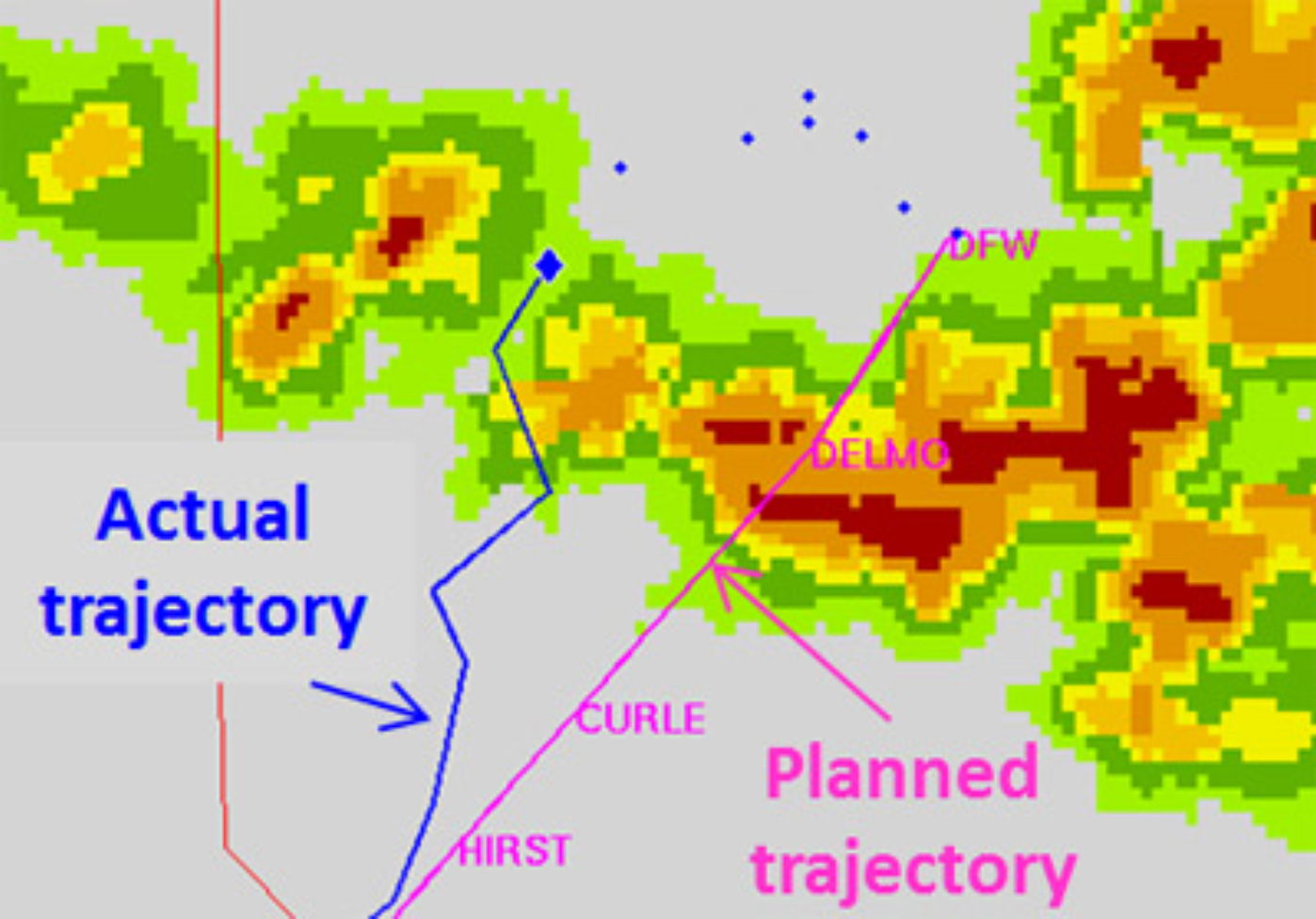Weather Deviation

In aviation, weather deviation refers to a change in an aircraft's planned flight path to avoid adverse weather conditions, such as thunderstorms or turbulence. This practice has evolved alongside aviation technology and safety advancements, with a focus on ensuring safe and efficient flight operations in challenging weather scenarios.
Historical Development
- Early Days
In the early days of aviation, pilots relied heavily on their own judgment and experience when encountering weather. Thunderstorms and other hazardous weather conditions could lead to delays, diversions, and even accidents.
- The Rise of Radar
The development of weather radar systems in the 1940s and 1950s marked a significant leap forward. Airlines began to equip their aircraft with weather radar, enabling pilots to detect and avoid thunderstorms and other hazardous weather.
- Standardization and Procedures
As air travel became more prevalent, there was a growing need for standardized weather deviation procedures. The International Civil Aviation Organization (ICAO) and national aviation authorities (like the FAA in the United States) developed and refined procedures for weather deviations in different airspace types, including oceanic airspace.
- Modern Practice
Today, weather deviation procedures are well-established and integrated into air traffic control practices. Pilots and controllers collaborate to ensure safe and efficient deviations, using weather radar, aircraft instruments, and other tools.
Key Aspects of Weather Deviation
- Pilot and Controller Collaboration
Pilots request ATC clearance to deviate from their planned route to avoid weather.
- Weather Information
Pilots utilize weather radar, forecasts, and other weather information sources to make informed decisions about deviations.
- ATC Clearance
ATC provides clearances for deviations, specifying the limits of the deviation and providing instructions for returning to the planned route.
- Safety Considerations
Deviations are always made with safety as the primary concern, ensuring that the aircraft remains clear of hazardous weather conditions.
- Standardized Procedures
ICAO and national aviation authorities have established standardized procedures for weather deviations in different airspace types, such as oceanic and non-oceanic airspace.
